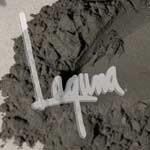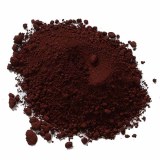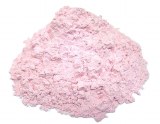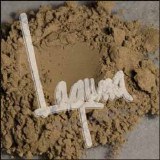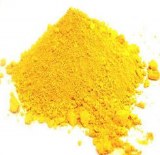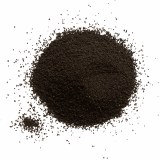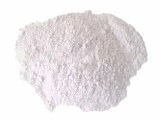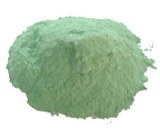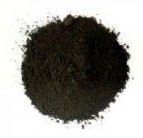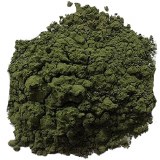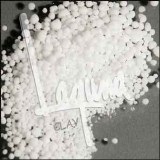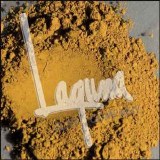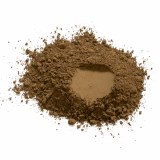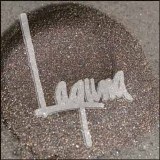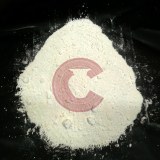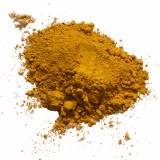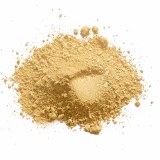
Colorants are chemicals, such as oxides and carbonates, which are often used in ceramics to produce colors in glazes, slips, and clay bodies. Oxides and carbonates differ from stains in that the colorants are in their “raw” state, while stains -- such as those produced by Mason -- are commercially manufactured and consist of additional components.
Opacifiers are chemicals that are used to make a glazes more opaque. If you have a recipe for a transparent gloss glaze, for example, adding an opacifier will make that glaze opaque. Opacifiers are very often used in conjunction with colorants to produce an opaque glaze in a specific color -- for example, you might combine zircon (Zercopax/Ultrox) and Cobalt to get an opaque blue glaze. In ceramics, common opacifiers such as tin oxide and zircon, are often added to glazes to enhance their opacity/decrease their transparency.






